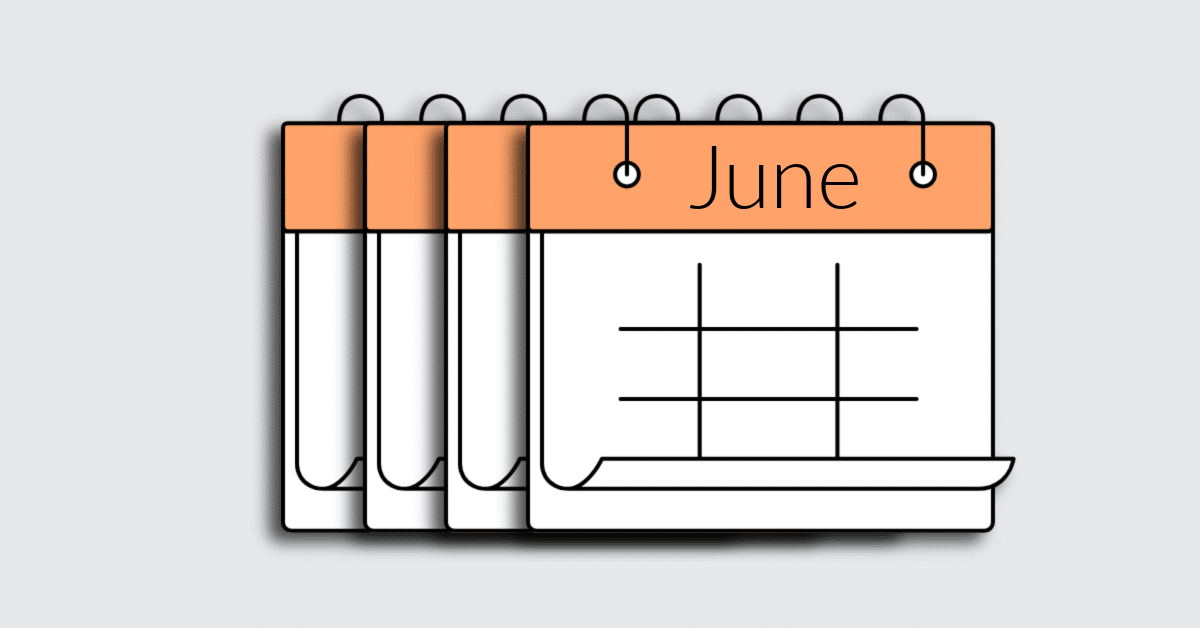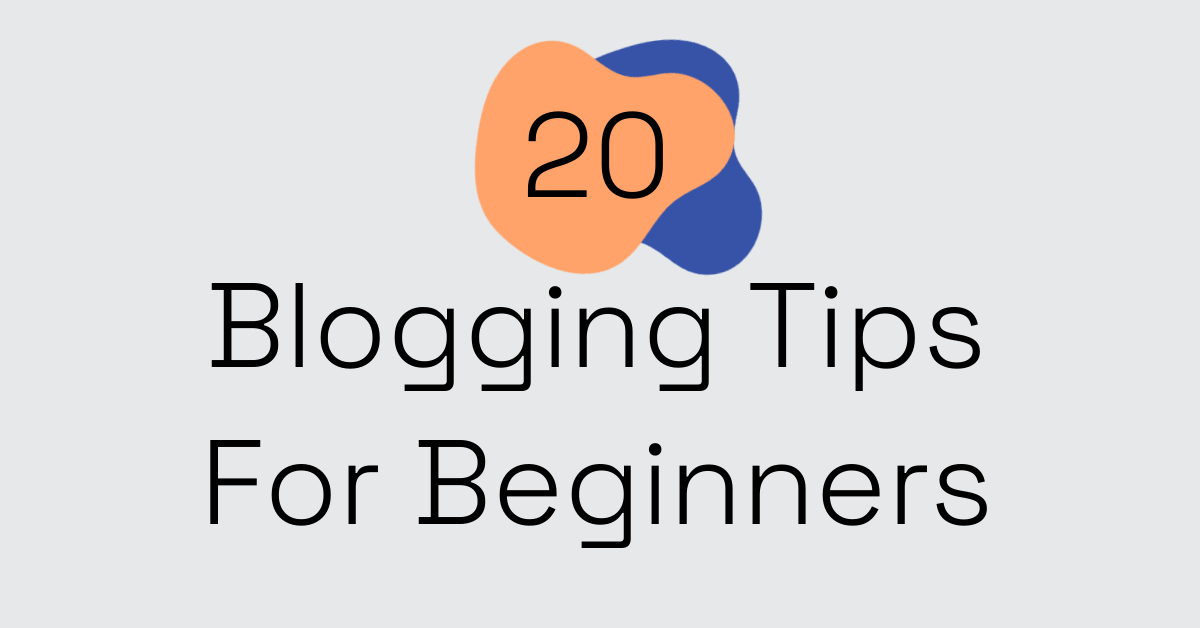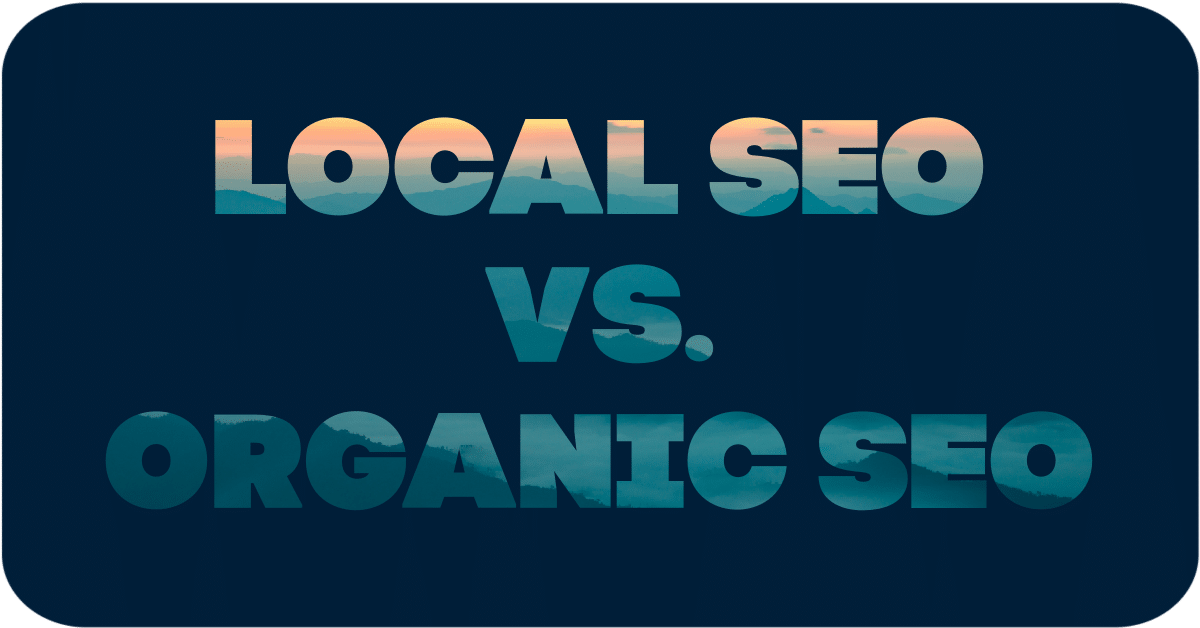Starting a blog doesn’t have to be difficult.
Here are 20 blogging tips for beginners so you can start building content that works.
If you have the time, the knowledge, and at least some motivation, blogging can be a great investment in your website.
Blog posts can help you share your expertise directly with your target audience, build an email list, or even act as a landing page to boost your site’s SEO.
But if you’ve never done it before, writing blog posts can also be intimidating.
Here are our top 20 blogging tips for beginners to help you start creating content that gets results.
1. Start With a Solid Website
Before you write a single word, make sure your blog is built on a good foundation. Starting a blog is all about setting yourself up for success, and your website has a lot to do with that.
Your users don’t want to visit a site that’s constantly crashing, ugly to look at, or difficult to navigate. (News flash: Google doesn’t like that either.)
Besides, if your blog is successful, you want to make sure you have a professionally built site that can handle all that extra traffic.
2. Come Up With Strong Topic Ideas
For some people, overcoming writer’s block is the biggest obstacle to starting a blog. But if you own a business, you already have a wealth of knowledge about your industry.
Start by writing down your most frequently asked questions. Each one has the potential to be an amazing blog post. Once you’ve exhausted those, write down all of the stuff you wish people knew (myths abound in every industry).
When all else fails, nothing beats a good Google search. Type some of your topics into Google and dig into the “People Also Ask” section.

3. Create a Content Calendar
Whether you have a podcast or a blog, content works best when it’s planned out. This is how your favorite influencers keep coming out with content so regularly.
A content calendar can be a simple piece of paper, a complex spreadsheet with a bunch of tabs, or anything in between. The best method? Whichever one you’ll actually use.
The point is that everything is scheduled and decided in advance so you can get straight to writing (without racking your brain for a new topic every month).
4. Aim For 1-4 Blog Posts a Month
Of all the blogging tips we have, this one tends to trip people up the most.
To get the most out of your blogging efforts, you can’t just publish a post whenever you want. Google likes to see a steady stream of blog content rather than small bursts over time.
If you have a lot of time and plenty of topic ideas, you can aim for one post a week. If you’re already busy, one a month is fine.
5. Pick a Focus Keyword
If you want to get any traffic to your blog, you have to do a bit of search engine optimization, or SEO. And for this type of content, keywords are…well, key.
A keyword is a word or phrase that sums up what your post is about (“blogging tips,” for example). When users type that particular keyword into Google, the hope is that they will land on your site.
I’m not gonna lie, you do have to do a bit of research to find the best keywords. This process takes some time but the results are well worth it.
Once you have a list of potential keywords, use a keyword research tool such as Ahrefs or Moz to uncover the number of people searching that keyword (the monthly traffic) as well as how difficult it is to rank for the keyword.
Ideally, you’re looking for a keyword with high traffic and low difficulty scores.

6. …But Write For People First
SEO is important, but it shouldn’t be your only goal.
Keywords allow your target audience to find your website, but after that, you have to go back to good old fashioned customer service.
The good news is that Google’s algorithm is getting closer and closer to merging these two approaches together. Thinking about your human readers and putting their experience first will take care of about 90% of your Orlando SEO needs.
7. Give Out the “Secret Sauce”
First, be honest and forthcoming about what you do and how you do it. Now, if you own a restaurant and there really is a “secret sauce,” you should keep that recipe under wraps. But when it comes to creating content, sharing the tricks of the trade can work wonders.
It sounds counterintuitive at first. Won’t they go off and do it themselves?
I’ll tell you why they won’t.
You went through a lot of education, training, and practice to get to this level. You do things the proper way, like a true expert. The right customers—the ones who trust you enough to hire you—will appreciate the time and effort.
Because they don’t want to do it.
But when you develop blog content showing them how to do it (the proper way), you’re reinforcing your expertise and setting yourself up for success.
8. Use a Copywriting Formula
Copywriting is the act of creating content that persuades people to take an action and there are endless ways to do this effectively.
Brush up on a few copywriting formulas and make note of which ones feel most natural to you, your business, and your branding. Once you have a few in your arsenal, you can use them to write blogs, build an email list, or even monetize your blog.
9. Pick a Gripping Blog Title
Chances are, your blog title is the first thing readers will notice, so take some time to make sure you snag their attention right away.
Please note that this is not the time or place for clickbait! When writing blog titles, you should be as honest as you are with the rest of the post. But there are ways to do this without being boring.

10. Organize Your Thoughts With an Outline
Outlines give you a clear direction of where you want your blog post to go so you don’t get sidetracked and end up ranting about camels or something.
Create a list of the main points you want to get across and arrange them in an order that makes sense. Each of these points will be an H2 heading.
Breaking up your blog post into smaller sections is a lot easier to read than a wall of text, so you’ll keep people on your site longer.
11. Aim For 1,000 Words
When it comes to writing blog posts, more is more. Experts tend to recommend 1,500-2,000 words as the ideal length, but 1,000 is perfectly fine, too.
Remember, content marketing needs to be quality content. A 2,000-word blog post is useless if half of it is fluff.
12. Leave Plenty of White Space
Forget what you learned in third-grade Language Arts. Paragraphs do not need to be five sentences long.
In fact, research suggests that including plenty of “white space” (areas of the page devoid of text or images) can increase comprehension by 20%.
Keep paragraphs and sentences short.
Use bullet points when appropriate.
You can even bold certain words and phrases to make them stand out.
13. Watch Your Tone
You can be formal and use words like “heretofore.” You can be casual and make a bunch of jokes. It honestly doesn’t matter, but you should be consistent.
At any rate, write blogs the way you talk to your clientele.

Say Hello, and Let's Get To Work Together
14. Don’t Be Afraid To Hire a Writer
This is probably the last thing you expected in a list of blogging tips, but freelance writers are a slept-on resource in the world of content marketing.
You already have the knowledge, but if you truly don’t have the time or inclination to start (and run) a blog, a writer is your best bet.
Depending on your content marketing budget, you have a few options for this.
You can either hire a full-time in-house writer to handle all of your content, or you can hire a freelancer through a site like Fiverr or Upwork. If you’re already working with a marketing agency, they may offer blog writing services too.
Companies who specialize in digital marketing and SEO often have a team of experienced writers who are on top of the latest algorithm updates.
15. Link Within Your Website
Getting people to your site is half the battle. The other half is getting them to stick around.
Linking to other pages and blog posts on your website is a great way to keep them digging. And the longer they dig, the more opportunities they have to find the treasure that gets them to contact you.
You probably won’t have many chances to link on your first blog post, but over time, it’ll get easier.
16. Add External Links
Good SEO is all about getting more eyes on your site, so it might seem counterintuitive to accomplish this by including a link to someone else’s website. However, that’s exactly what Google likes to see.
Adding a link to some trustworthy sites does a lot more to help your site than it does to help theirs.
That being said, we advise not linking to one of your competitors. Instead, look for sites that provide general information about a topic.

17. Add Images
In addition to white space, images—whether they’re photos, infographics or videos—help to break up walls of text and provide some visual interest.
If you have original images of your location or an in-house graphic designer who can put something together, great. If not, stock images are cool, provided that you use them responsibly.
How many images you add is entirely dependent on the length of your blog post, but we recommend 2-3 images for every 1,000 words.
18. Share On Your Social Media
Once you’ve published your blog post, don’t forget to share it on your favorite social media platforms.
Don’t forget about your Google Business Profile or Apple Business Connect, either! This is a vital strategy for local SEO—essential if you work in a specific geographical area.
19. Analyze the Results
Give your blog post a couple of months to gain traction (it takes a while for the search bots to find it!) and then check up on it to see how it’s doing.
What keywords is it ranking for? How many visitors does it receive each month? How long are they staying?
If all that work and keyword research is working, great! But if you’re a little underwhelmed by the results, tweak a few things and try again.
Sometimes adding a few LSI keywords, updating some images, or even rewriting your meta description can be enough.
20. Write Some Guest Posts
Once you’ve gotten some blog writing experience under your belt, consider writing some guest posts about your topic.
Guest posting isn’t necessary, but it can help you achieve some of the goals you may have for your website.
When you write an original post for a website that gets lots of traffic, Google’s algorithm sees that a trustworthy site has a link to your site. This is great for your SEO scores.
Conclusion
We hope these 20 blogging tips have encouraged you to start writing blog posts and launch your content marketing.
However, blog posts are only one type of content you can use when marketing your website. Videos, podcasts, and infographics are other ways you can get your point across.
As an expert in your industry, we have faith that you can start building a strong blog that people will love. But if you still feel a little lost, let’s chat!
We’re happy to sit down for a comprehensive strategy session to help you plan out a content calendar and other digital marketing strategies you can use to build your business.
And if you’d rather we just took everything over, that’s great, too! We have an expert team of Content Writers who are well-versed in the latest SEO techniques.
Give us a call so we can start growing your business.







